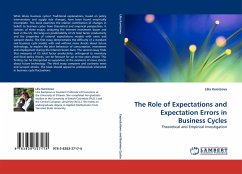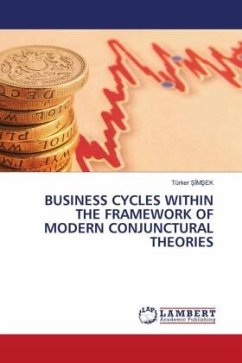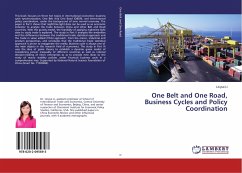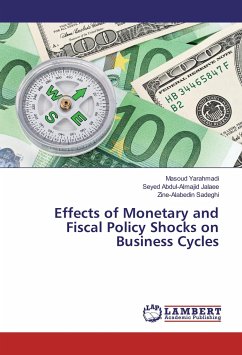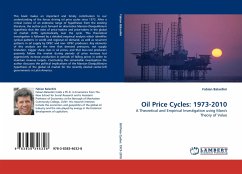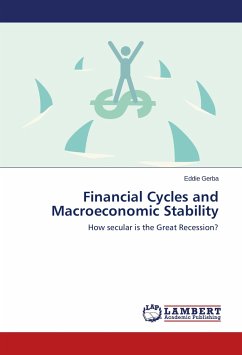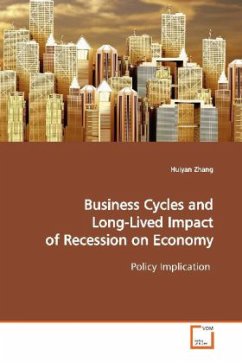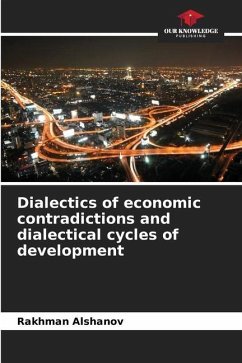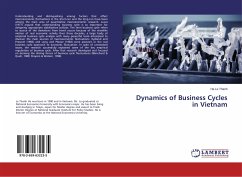
Dynamics of Business Cycles in Vietnam
Versandkostenfrei!
Versandfertig in 6-10 Tagen
27,99 €
inkl. MwSt.

PAYBACK Punkte
14 °P sammeln!
Understanding and distinguishing among factors that affect macroeconomic fluctuations in the short-run and the long-run have been among the main area of quantitative macroeconomic research. Lucas (1977) argued that understanding business cycle is so important for designing appropriate stabilization policies. The term business cycle refers to source of the deviations from trend occurs because of the wavelike motion of real economic activity. Over three decades, a large body of empirical business cycle analysis with many powerful tools attempted to discover the main sources of macroeconomic fluc...
Understanding and distinguishing among factors that affect macroeconomic fluctuations in the short-run and the long-run have been among the main area of quantitative macroeconomic research. Lucas (1977) argued that understanding business cycle is so important for designing appropriate stabilization policies. The term business cycle refers to source of the deviations from trend occurs because of the wavelike motion of real economic activity. Over three decades, a large body of empirical business cycle analysis with many powerful tools attempted to discover the main sources of macroeconomic fluctuations. Kydland and Prescott (1982) and Long and Plosser (1983) were pioneers in the real business cycle approach to economic fluctuation. In spite of unresolved issues, the research successfully explained some of the key empirical regularities of business cycle. After that research developed and focused on deriving the driving forces of business cycle fluctuations (Blanchard & Quah, 1989;Shapiro & Watson, 1998).



